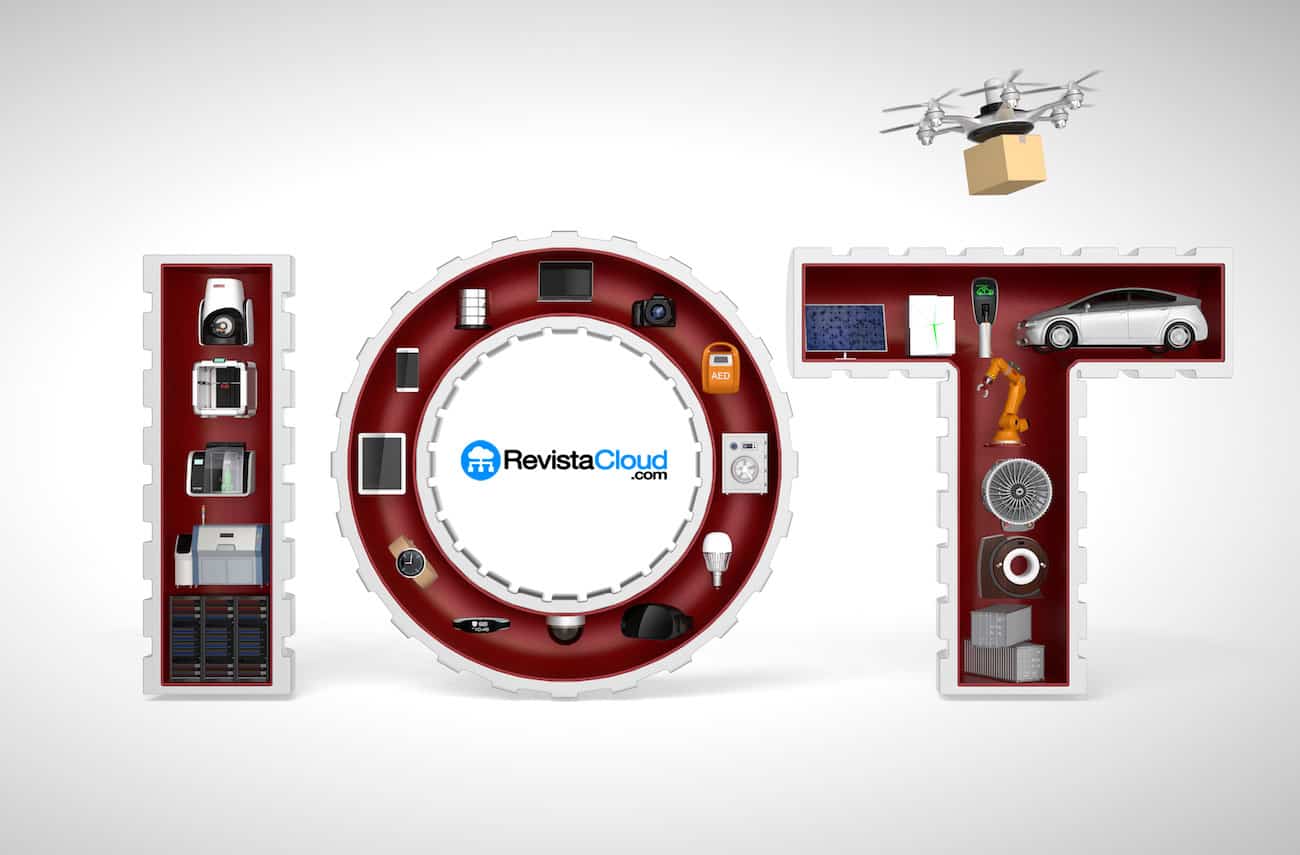The global sensor market is experiencing exponential growth, driven by the demand for advanced technology in sectors such as mobility, the Internet of Things (IoT), healthcare, and artificial intelligence. According to a recent analysis by IDTechEx, this market is expected to reach a value of $253 billion by 2035, thanks to emerging innovations in photonics, quantum sensing, edge computing, and other cutting-edge technologies.
The Growing Demand and Evolution of Sensor Technology
Today, sensors are present in almost all electronic devices, from smartphones to cars and medical devices. Sensor technology enables the conversion of physical signals, such as temperature or motion, into processable data, which is crucial for applications in communications, transportation, industry, healthcare, energy, and agriculture. Although these devices represent a small part of the total cost of electronic products, they constitute a high-value and high-growth market.
By 2025, it is estimated that dominant semiconductor and optical sensors will continue to lead the market. However, as technology advances and applications diversify, significant opportunities will arise in areas such as edge detection and IoT.
The Future of Mobility: Sensors for the Next Generation of Vehicles
The automotive industry is one of the sectors that will undergo the most transformations due to sensor technology. With the rise of electrification and automation, vehicles will require advanced sensor systems to monitor key components, such as batteries and control systems. Furthermore, sensors like LiDAR, cameras, and radar are essential for autonomous vehicles, enhancing safety and providing personalized experiences.
The evolution towards smart and connected vehicles involves an increasing need for infrared and time-of-flight (ToF) sensors, which can monitor the driver and passengers. Sensor technology will enable the development of driver assistance functions and interactive experiences in the cabin, marking a paradigm shift in mobility.
Wearable Sensors: From Smartwatches to Medical Technology
The market for wearable devices continues to grow but has evolved beyond smartwatches and fitness trackers. In the last decade, continuous glucose monitors have revolutionized the management of chronic diseases like diabetes. Today, motion, pressure, and chemical sensors find applications in health, sports, and augmented reality.
As wearable sensor technology matures, devices are being developed for specific applications in areas such as occupational health and worker safety monitoring, opening up a range of possibilities in less explored fields.
IoT and Sensors: From Industrial to Environmental Applications
The IoT remains one of the biggest growth areas for sensor technology. While adoption has been somewhat slower than expected, the integration of sensor networks in industries and the environment offers significant benefits. For instance, in industrial IoT (IIoT), sensors monitor the condition of machines and optimize maintenance, improving operational efficiency and reducing costs.
In the environmental sector, gas sensors are used to assess air quality, both indoors and outdoors, a growing necessity due to increasing regulations. This type of technology encompasses optical sensors to photoacoustic sensors, providing accurate measurements for public health and environmental monitoring.
Edge Sensors: The Fusion of AI and Edge Computing
The integration of artificial intelligence and edge computing is transforming sensor technology. Edge sensors, designed to perform data processing directly on the device, enable real-time decision-making without needing cloud connectivity. This capability is useful for applications in smart buildings, medical devices, and industrial systems.
The emergence of neural processing units (NPU) allows edge sensors to implement AI algorithms, opening doors to predictive functions and real-time analytics, especially in critical situations where minimal latency is crucial.
Hardware Innovations: Towards More Flexible and Affordable Sensors
Innovations in materials are also driving the development of more affordable and adaptable sensors. Printed and flexible sensors, made from materials like carbon, are enabling novel applications on large surfaces. Additionally, the use of quantum dots in infrared imaging sensors promises to reduce costs in the automotive market.
On the other hand, quantum sensors, which combine atomic technology and precision detection, represent the next frontier. Although still in early stages, quantum sensor technology is attracting attention in sectors like defense and aerospace due to its high sensitivity and precision.
Outlook for the Future of the Sensor Market
The latest IDTechEx report, titled “Sensor Market 2025-2035: Technologies, Trends, Players, Forecasts,” analyzes the future of the sensor market, covering both emerging and established areas. This analysis includes sectors such as IoT, wearable technology, advanced mobility, and edge computing. Forecasts indicate that the sensor market will continue to grow in the coming decades, driven by technological innovations and increased adoption in industrial, consumer, and environmental markets.
Sensor technology is in a phase of accelerated evolution, and its importance in the digital transformation of multiple industries is undeniable. With a projected value of over $250 billion in the coming years, the sensor market is poised to play a fundamental role in developing applications that enhance efficiency, safety, and quality of life.
Source: IDTechEx

